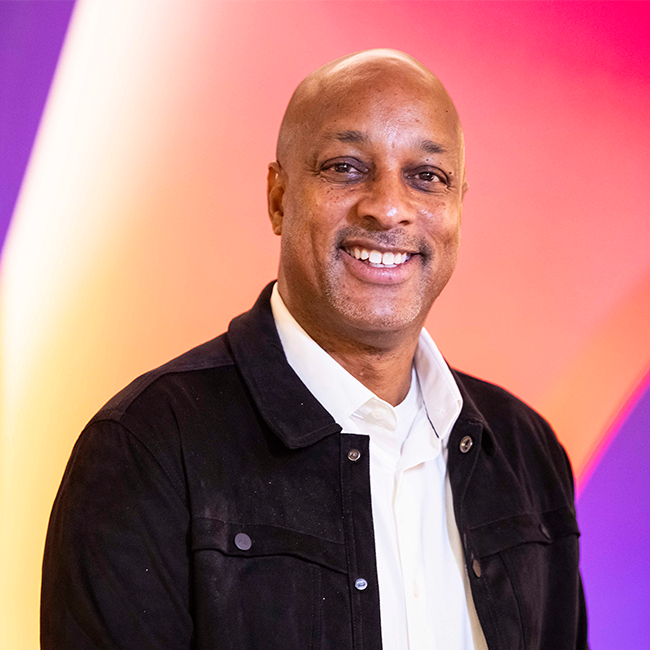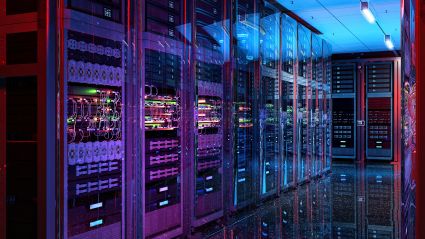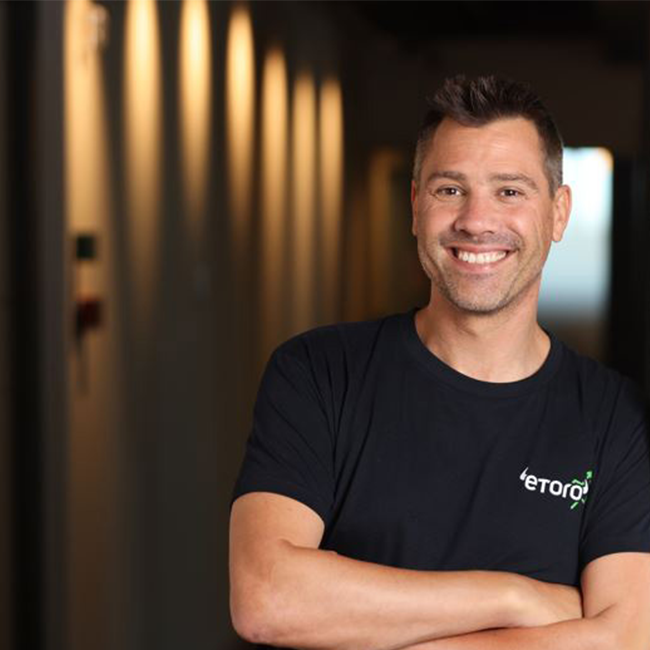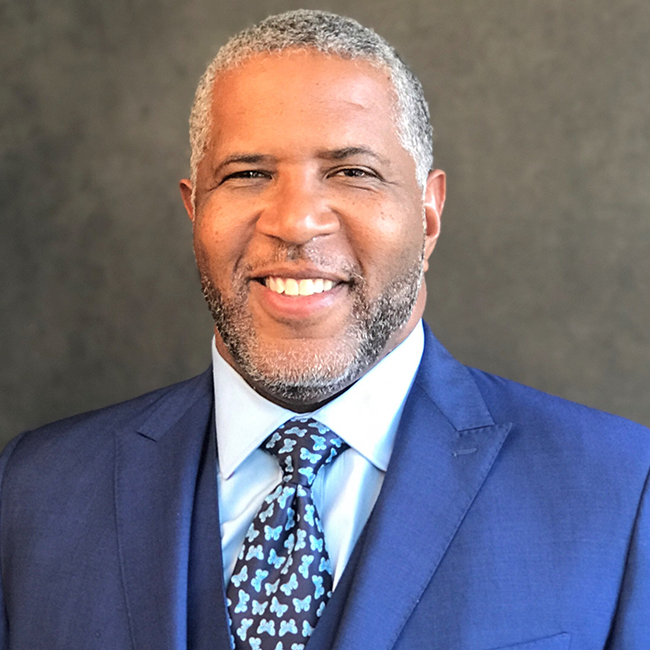
The American Dream—the idea that every person has the freedom and opportunity to attain a better life—has been a cornerstone of the American ethos for over a century. This dream encompasses affordable housing and health care, accessible education and job training, and meaningful careers offering upward mobility. At its core, the American Dream promises that each new generation will be better off than the last.
However, recent studies paint a sobering picture. According to Pew Research, only 53 percent of Americans still believe the American Dream is attainable. This skepticism is particularly pronounced among younger and less wealthy Americans. It’s not hard to imagine why. Rising costs in housing, health care, and education have made it increasingly difficult to save, invest, and build wealth. The looming threat of climate-related disasters further compounds the uncertainty for younger generations.
Despite these challenges, I believe two key factors will not only bring the American Dream closer for millions of Americans but also extend its ideals to people worldwide: the widespread availability of artificial intelligence (AI) tools and shifting workforce values.
AI is revolutionizing organizations of all sizes, improving customer and citizen experiences, boosting productivity, enhancing creativity, and optimizing processes and supply chains. Concurrently, research indicates a shift in workforce priorities, with employees—particularly younger workers—gravitating toward roles that prioritize social impact. This new generation of purpose-driven workers, armed with powerful AI tools, has the potential to bridge the gap between aspirations and reality.
Signs of this transformation are already evident, less than two years since generative AI entered the mainstream. In health care, Amazon Web Services (AWS) customer Reveleer is using AI to analyze vast amounts of medical chart data to provide accurate diagnosis, appropriate treatment plans, and proper reimbursement for health-care providers. In Ireland, Sonrai uses generative AI to revolutionize precision medicine through advanced data management, biomarker discovery, and clinical trial analysis, dramatically reducing research cycles and accelerating therapeutic development. Better health-care outcomes using AI technology are on the horizon.
New AI tools are also helping Americans struggling financially to access short-term loan products. Subscription-based service Lenme is using AI to verify and qualify borrowers within seconds. Around the world, India-based Protium used AI solutions to build an advanced digital lending solution that streamlines credit risk assessment while offering flexible scaling and customizing of loans to micro, small, and medium enterprises—the backbone of India’s economy. Democratizing access to funding can have a profound impact on economies worldwide.
With AI, new generations will not just dream of a better world—they will have the tools to create it.
In education, global online learning platform Coursera collaborated with AWS to build an AI-powered assistant to supplement human grading and provide meaningful guidance to learners. We also recently announced a partnership with global learning leader Pearson to enhance the company’s courseware with AI capabilities and expand their workforce skilling efforts.
Nonprofit organizations like the Open Earth Foundation are using cloud and AI technology to help track greenhouse gas emissions (GHG) and emission sources. They are building a solution that will leverage satellite imagery to generate land usage data to be used for calculating GHG inventories. Agronomists at Agmatix are using generative AI to accelerate the production of higher-yielding seeds and increase the security of our global food supply by efficiently analyzing agricultural field trails data—once a complex and time-consuming task.
These examples only scratch the surface of AI's potential to transform health care, education, finance, and sustainability globally. The next crucial step is equipping tomorrow's workforce with these powerful tools. A study conducted by AWS and research firm Access Partnership suggests that workers who upskill in AI could earn up to 47 percent higher salaries. To accelerate this skill development, our AI Ready initiative aims to provide free AI skills training to over 2 million people by 2025—a goal we met a year ahead of schedule.
While the challenges we face as a nation and global community are undeniably complex, I remain hopeful about the future. With AI, new generations will not just dream of a better world—they will have the tools to create it. This convergence of advanced technology and a purpose-driven workforce has the potential to breathe new life into the American Dream, extending its promise of opportunity and prosperity to people around the world.





















